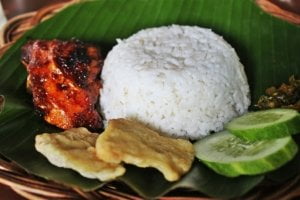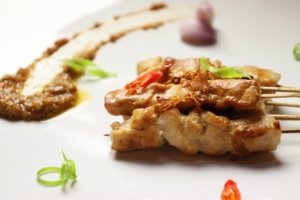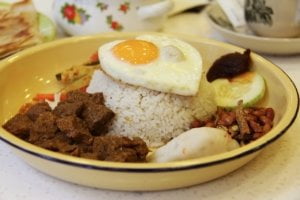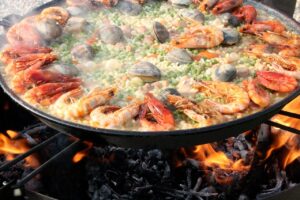5 Interesting Facts About Indonesian Food History
From Aceh to Papua, Indonesia cuisine is a love story of endless flavors, styles, and looks. We are famed for our rich diversity in every aspect, including foods and beverages. In fact, Indonesian cuisine is so rich that it would be impossible to define it into just one definition. Today, we take a look at the 5 interesting facts about our food history, so that we can appreciate it more than we already do.

1. History of Indonesia Food
Due to its beneficial geographic location, Indonesia has attracted many traders, pirates and adventurers from all over the world. Our archipelago was most known for rich resources of spices, especially in the eastern region, and these spice-hunters soon turned into immigrants and permanent dwellers.
Not only known as spice producers, Indonesia also welcomed a wide array of exotic foods from around the globe. Most of these products were brought in by traders and Hindu missionaries from India, Europe to the Middle East. As such, Indonesia has a great global influence, even right from the start.
2. Chinese-Cooking Influence
One of the most prominent influences Indonesia received was brought over by Chinese immigrants. Through trade, which began around 2000 BC, ingredients such as tea, noodles, cabbages, soybeans and more made their way in, along with the stir-frying method.
As they settled in the country, oriental traditions and recipes blended right in with local culture. Even the famed nasi goreng was adopted from a Chinese tradition of frying leftover rice in the morning. Similarly, popular foods such as siomay, meatballs, and noodles also have a heavy Chinese influence that many of us still enjoy today.

3. Staple Foods
Rice, the country’s staple food, dates back as early as 2300 B.C. On some other islands though, starchy foods such as noodles, corn, sago, cassava and sweet are the main dish for every meal. Still, rice is the choice for the majority of Indonesians and holds an important place in our culture. The goddess of rice, Dewi Sri, is highly revered in Java and Bali; rice is also the face of the economy that shapes the landscapes.
4. A Must Have : Sambal
Perhaps the most famous Indonesian condiment is called sambal. It is made from various spices including chili, shallots, garlic, and trasi (shrimp paste). It can be served either as a side dish or as a substitute for fresh chili. Eating chilli has become a culture and each region has its own trademark chilli that makes everything taste better. Just order up a side of sambal, the spice of Indonesian life.
5. World’s Best Food
In 2011, Rendang, the scrumptious meat dish from West Sumatra, was crowned the Best Food in CNN’s World’s 50 Best Foods. Once again, in the most recent list published 12th July 2017, Rendang is number 1. This time, second to Rendang on the top was Nasi Goreng, Indonesia’s renowned and beloved Fried Rice. The list was compiled by CNN following a poll on Facebook, from 35,000 votes, when Rendang and Nasi Goreng finished in 1st and 2nd place. Meanwhile, another Indonesian culinary icon, Sate also made it to the list in 14th place. This surely confirms Indonesia’s reign over the world’s best-loved cuisines.




